observation and reaction
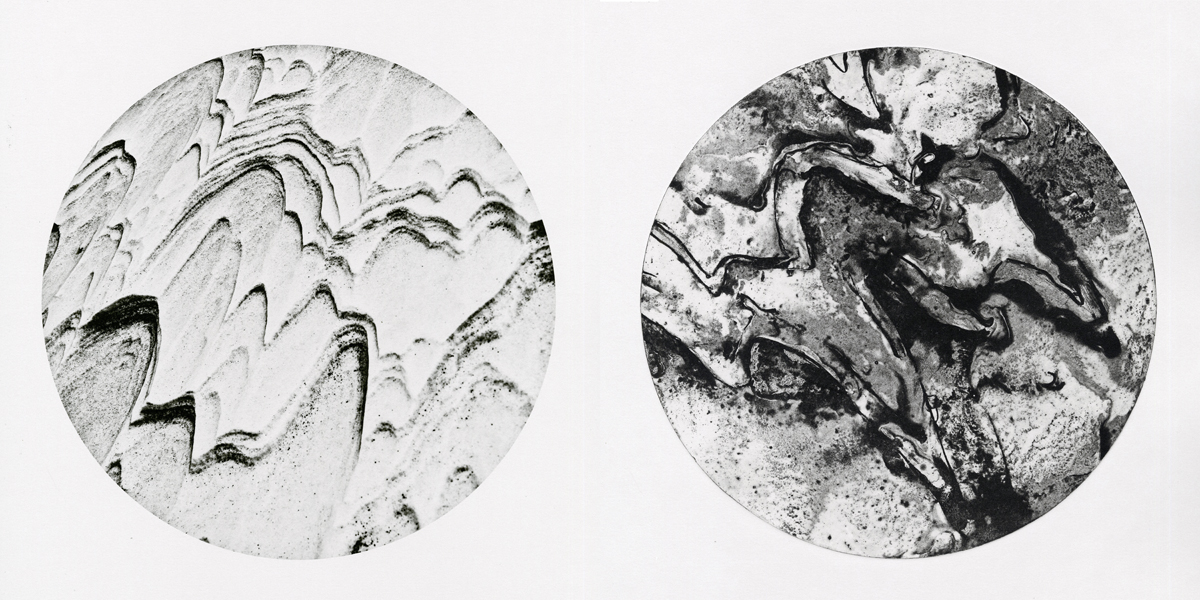
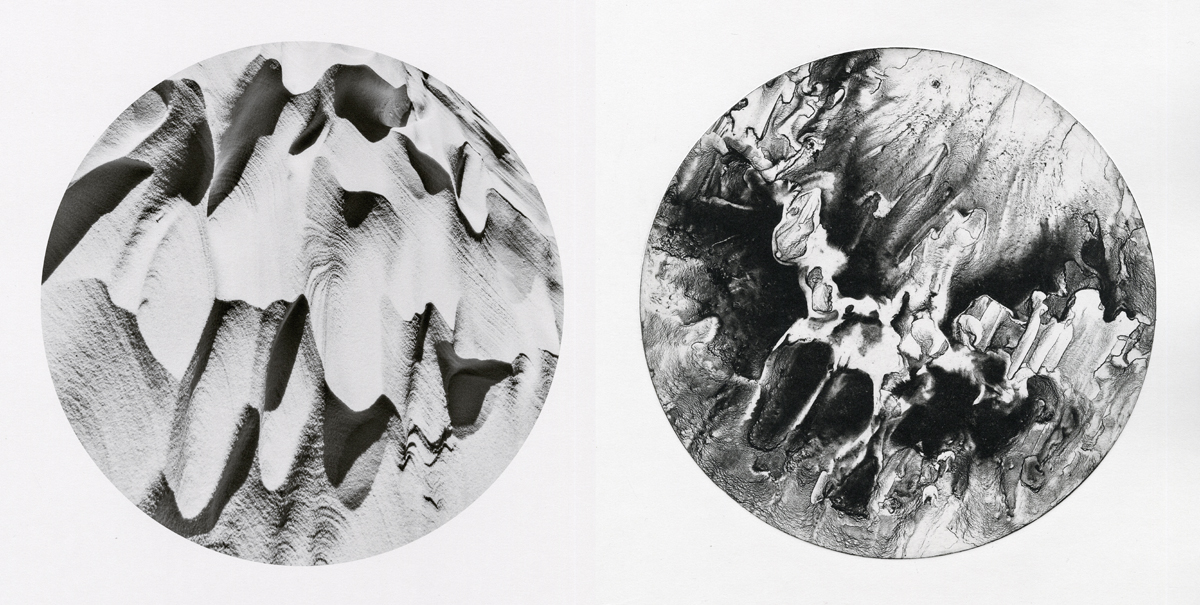
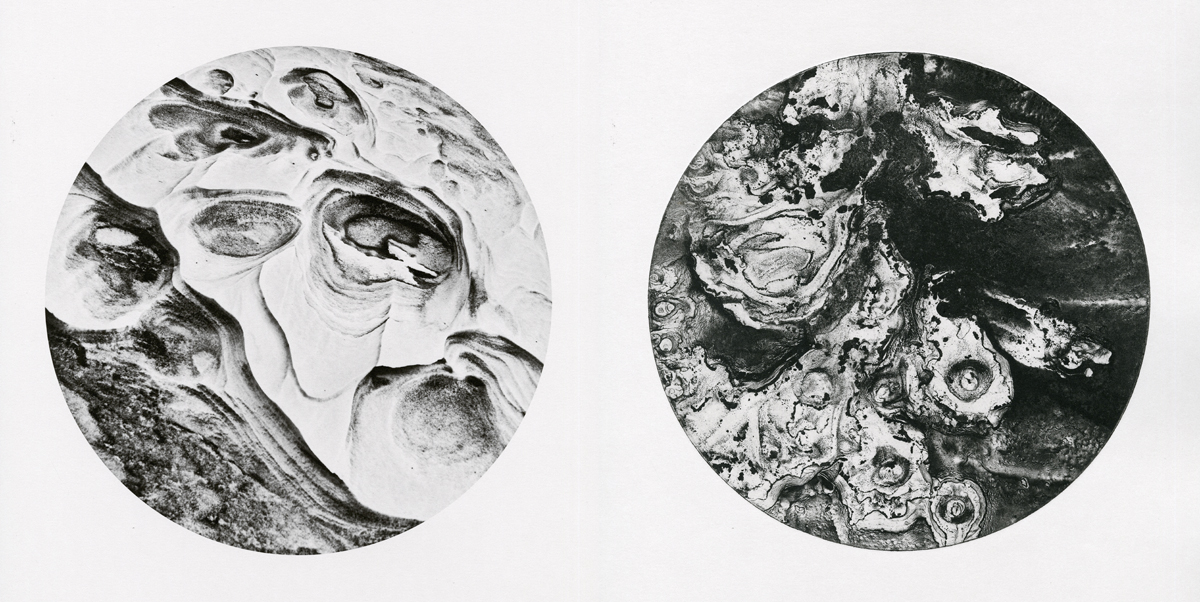
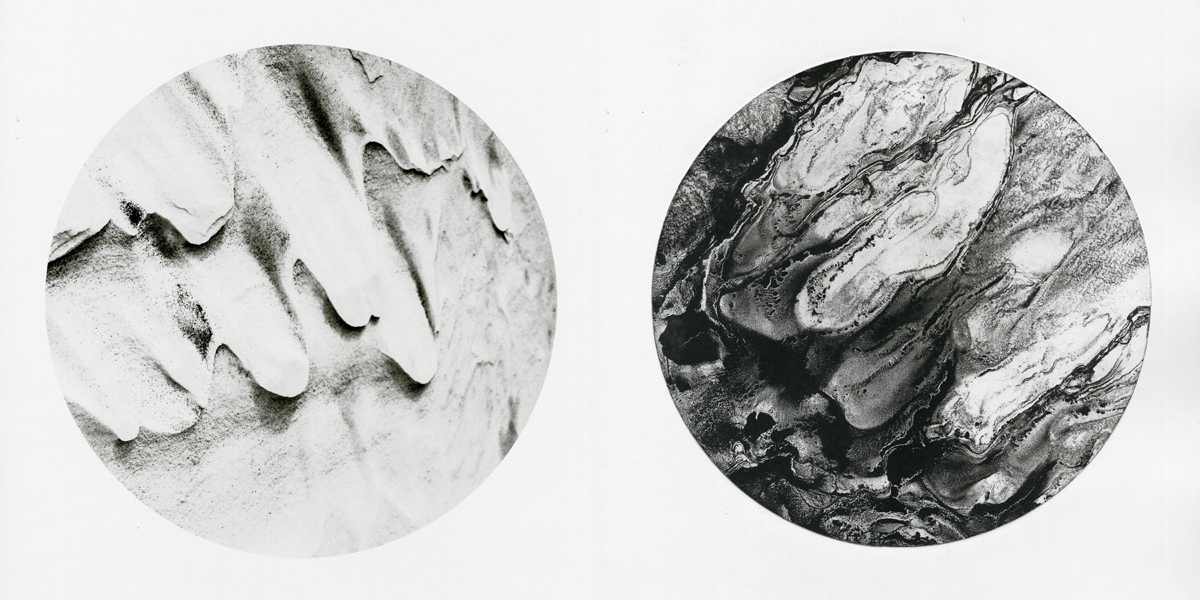
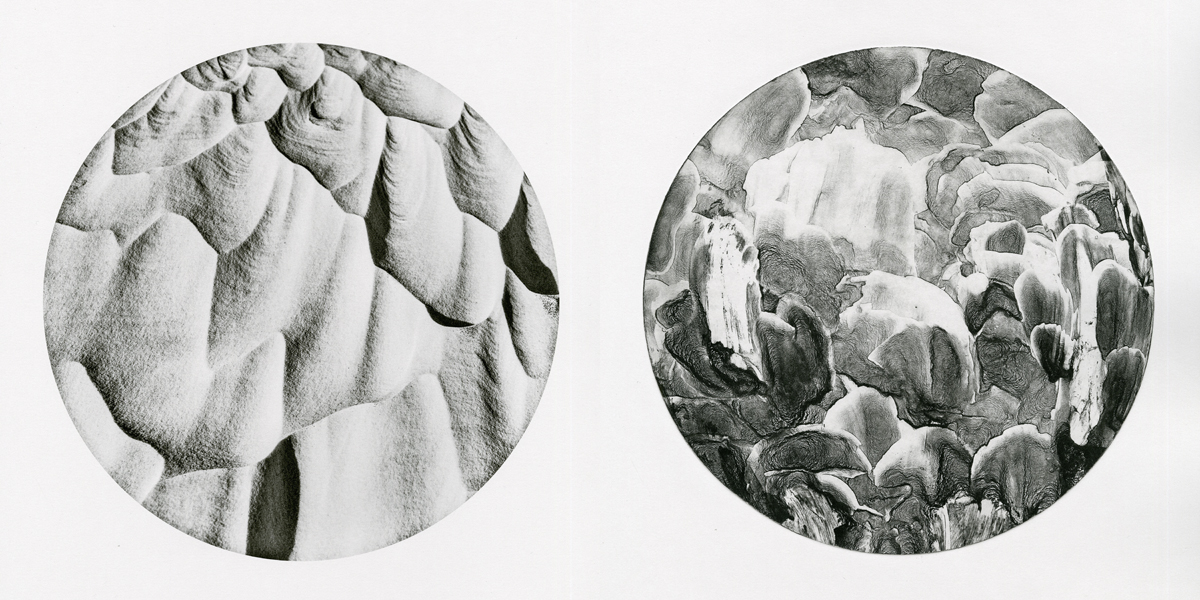
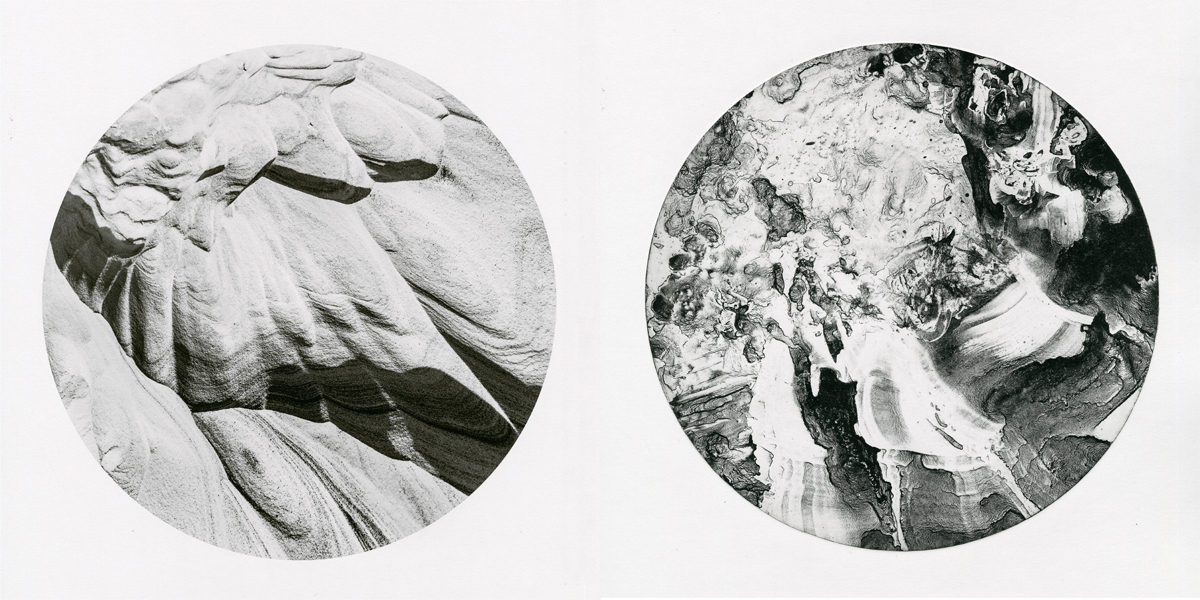

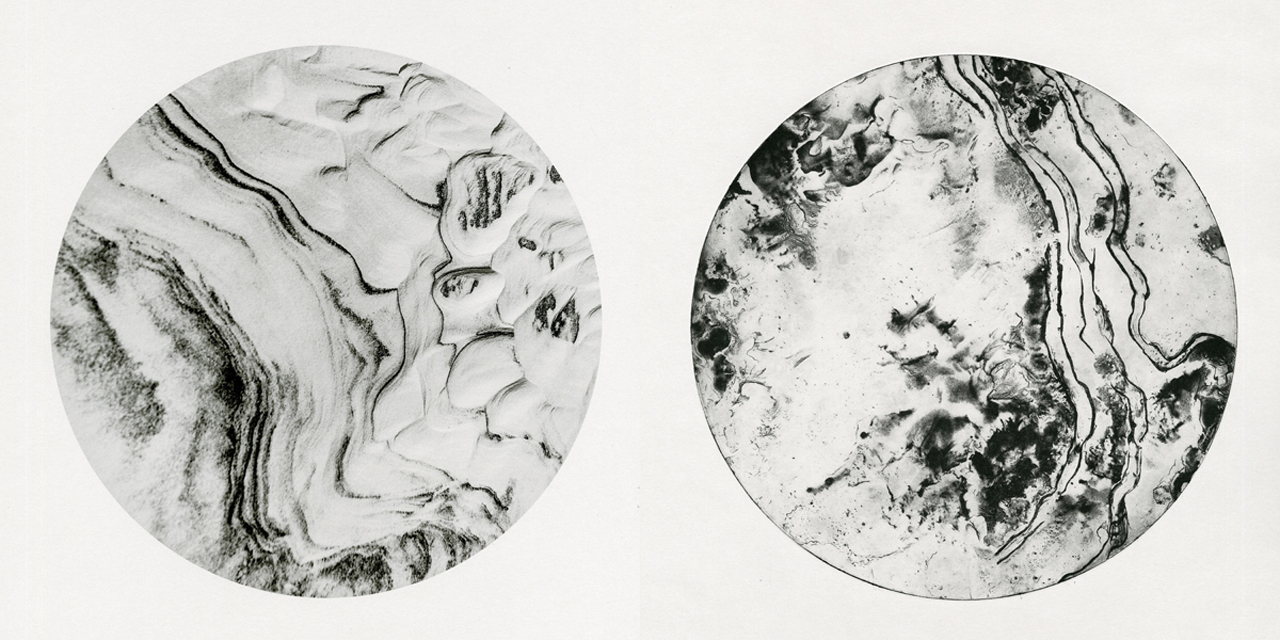
As a photographer, exploration and observation plays a significant role in my art making process. I see what is around me and strive to understand it in more intimate and personal ways. I started photographing snow out of necessity, as a way to come to terms with how consumed I felt by it. While driving through rural North Dakota in an attempt to find some land without snow I became enamored with the way the dirt had sifted into the snow, created soft lines of black and white along the side of the road. It was as if I had never really seen snowdrifts before, and I was instantly compelled to photograph them. Once I started to explore the drifts my frustration turned into fascination. With these photographs I observe and study the compositions formed by the dirt, wind, melting, and refreezing of the snowdrifts. I am to recontextualize the familiar and banal, transforming it into a new and intriguing form.
As a printmaker, I am most interested in how each process allows for different types of expressive mark-making, which I often use in addition to my photographic images. I began painting toner washes as a way to respond to the parts of the photograph that I was drawn to the most. Whether it is the layering of snow, the texture made by the dirt, or the shapes created by freezing drifts. These elements serve as a starting point for the washes and the rest of the image is made through continuous reactions to form and composition. What began as a toner wash that would have never existed without the photograph, becomes a final intaglio print that can exist on its own.
Paired together, a duality if formed between the photograph and print, observation and reaction, emphasizing the interaction of medium, process, and composition.
This body of work was made in 2013 for my BFA exhibition at Minnesota State University Moorhead.